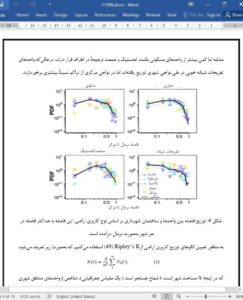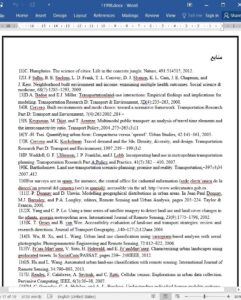The advent of geolocated ICT technologies opens the possibility of exploring how people use space in cities, bringing an important new tool for urban scientists and planners, especially for regions where data is scarce or not available. Here we apply a functional network approach to determine land use patterns from mobile phone records. The versatility of the method allows us to run a systematic comparison between Spanish cities of various sizes. The method detects four major land use types that correspond to different temporal patterns. The proportion of these types, their spatial organization and scaling show a strong similarity between all cities that breaks down at a very local scale, where land use mixing is specific to each urban area. Finally, we introduce a model inspired by Schelling’s segregation, able to explain and reproduce these results with simple interaction rules between different land uses.
INTRODUCTION
Land use patterns appear as a natural result of citizens’ and planners’ interaction with the urban space. However, in a feedback loop, they also play a major role in the experience that residents and visitors have of a city [1]. Land use patterns have an effect on the liveability of neighborhoods and even on the health of the local residents [2]. On the other hand, land use and transportation display a well-established relation [3–6]. Transport demand depends on the location of residence and business areas, while the presence of new transport lines or facilities such as metro stations can substantially modify the land use mixing in a given area of the city. These ideas lie behind the development of the so-called Land Use Transport Interaction (LUTI) models [7, 8], which are commonly employed in transport planning around the globe [9].











